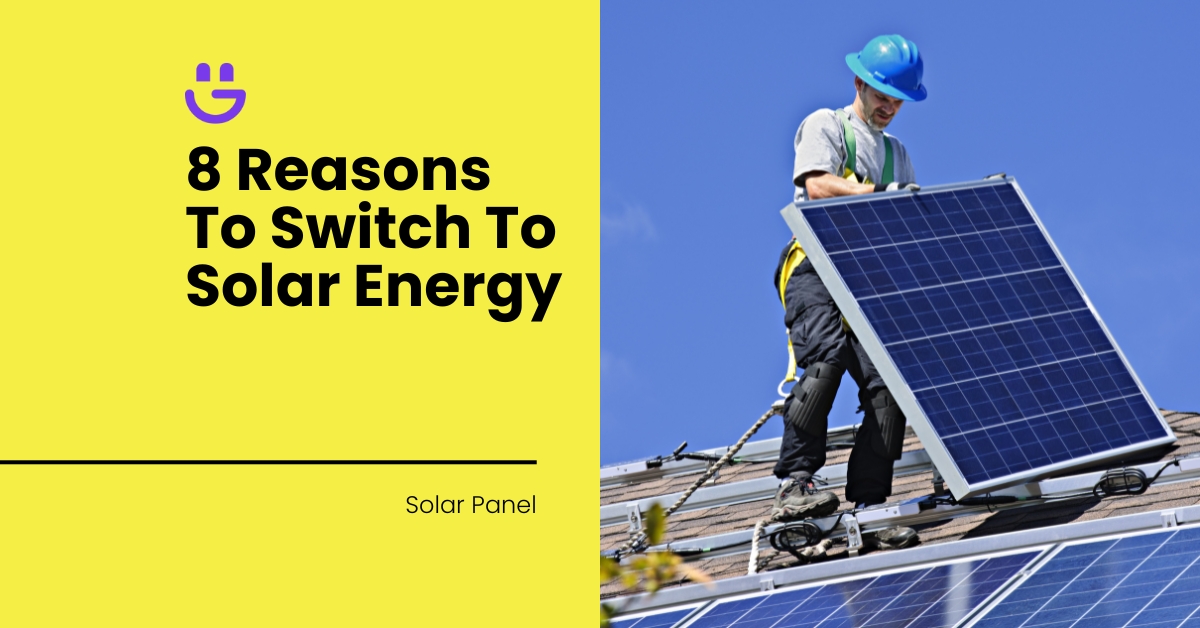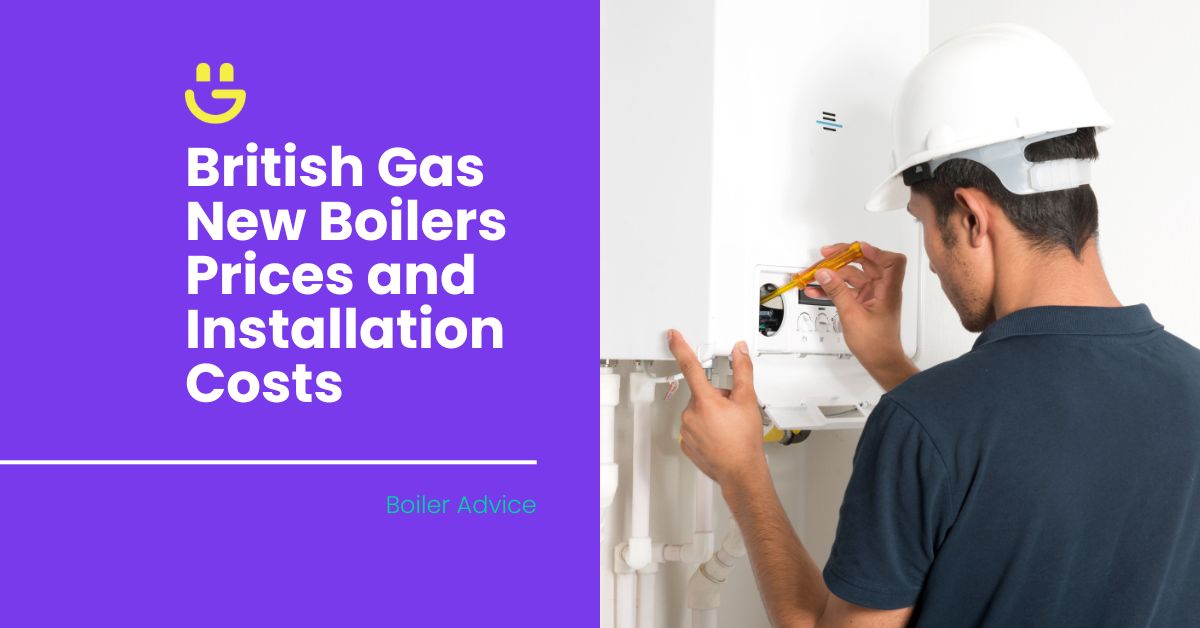Last Updated on November 14, 2025
Yes, you can install solar panels on a fibreglass roof whether it’s an RV fibreglass top or flat roof. However, you need to ensure the correct mounting system is used.
Fibreglass is known for its durability, flexibility and resistance to harsh weather conditions, making it a suitable base for installing solar panels.
Solar panels have become increasingly popular in the UK due to the growing demand for renewable energy sources and supportive government policies.
This article is your go-to guide to mounting solar panels on fibreglass – no matter if you’re installing them on your motorhome or residential property.
Contents
How Are Solar Panels Installed On Fibreglass Roofs?
How solar panels are installed depends on two main factors:
- Roof type – motorhome/RV or flat glass reinforced plastic (GRP)
- Mounting system – determined by the thickness of the fibreglass
Certified solar panel installers (accredited by the Microgeneration Certification Scheme) must install your panels to ensure they fit correctly and are positioned to receive the most sunlight. They follow a meticulous process, tailored to the specific type of fibreglass roof.
Attaching solar panels to fibreglass roofs, whether curved RV rooftops or flat GRP roofs, requires careful planning and consideration to ensure a secure and stable fit.
Here’s a quick guide for both scenarios:
1. RV fibreglass top/curved fibreglass roof
Installing RV rooftop panels is tricky, as these roofs generally have curves, slopes, and grooves. The best installation technique for van solar panels is to bolt rigid panels to roof racks, However, some vans, like Sprinters, don’t allow for this due to their uneven roof shape.
Also, fibreglass tops tend to be “flimsy” and may not be strong enough to bolt panels directly into the material, making extra reinforcements necessary.
This is where flexible/semi-flexible solar panels may come in handy, as they bend with the shape of your roof. A small 6 mm gap underneath each panel ensures sufficient ventilation while preventing wind from getting underneath the panels.
Certified installers assess the structural integrity of the roof meticulously to ensure it can handle the added weight of the solar panels. Once the area has been measured, this is how they are installed:
Adhesive mounts
- Flexible panels: Thin strips of plastic or aluminium are attached to the van’s roof with a strong adhesive. These strips give the panels some height to allow for adequate airflow underneath. Panels (electrical side down) are placed atop the strips with plastic beading around the edges to ensure a tight fit.
This method involves no drilling, but a small pilot hole may be needed to feed the wires inside. - 3M VHS tape: Very High Bond (VHB) tape is used to attach mounting brackets directly to the fibreglass top and, in some cases, can secure the panels directly to the roof (if it’s flat). While this method isn’t incorrect, it’s best to have a small gap underneath the panel for ventilation to ensure the longevity of your solar installation.
Tip: To ensure maximum hold, the van’s surface must be clean before applying any adhesive.
Mounting systems
- Plywood frame: Installers measure and mark off the areas where the panels and mounting system will be installed. Strips of plywood are cut to size and drilled into the van’s roof, secured with screws or bolts. This reinforces the thin fibreglass top. The metal brackets are then attached to the plywood and the panels are fitted to the brackets according to the manufacturer’s guide.
- Z-brackets: These brackets are designed specifically for solar panel RV installations and provide an approximately 2.5 cm gap under each panel for ventilation. They provide secure anchor points for the panels (four per panel) and are typically secured to the mounting system with screws or bolts.
- Adjustable tilt mounts: These mounts tilt the flat solar panels to optimise sun exposure. If the gaps underneath the panels are too big or uneven, you can secure angled spacers and drill them into the roof directly (similar to the plywood setup). The Z-brackets are then secured to the wood for a tilted effect.
Connection
A qualified electrician connects the fitted panels to the solar inverter and integrates them with your RV’s existing electrical system, ensuring proper safety and functionality.
Holes are drilled into the roof to connect the wires from the outside panels to the inside inverter. Sealant coats the entry points to prevent leaks and protect the cables from damage.
2. GRP flat roof
Installing solar panels on flat glass-reinforced plastic (GRP) roofs is more straightforward. However, planning is still required to ensure that the roof remains watertight.
One factor to consider is that flat roof solar panels lack the tilt of pitched roofs that capture the most sunlight.
In these instances, professional installers use either a ballast or angled system.
Ballast systems
This system does not penetrate the fibreglass roof and relies on weighted blocks (e.g. cement) to hold the panels in place.
Solar panels are fitted to the mounting racks and secured to the ballast anchors.
The panels are then angled at around 30° to capture the most sunlight which prevents snow or rain from accumulating on the panel’s surface.
Due to the added weight, installers will advise if this is the best option for your flat roof solar panels.
Angled systems
- Solar panels are secured to the flat roof directly using an angled frame.
- A thick waterproof base coating is first applied to the roof to prevent water ingress and level out the surface.
- Weighted blocks or lintels are positioned on the roof’s surface and vertical rods are drilled into them to secure the mounting system. Angled systems help distribute the additional weight evenly across the roof surface.
- Penetration holes are sealed with an industrial sealant and are left to dry for at least 24 hours. The rods and panels are then installed and connected as per the manufacturer’s guide.
- These systems are available with angled designs ranging from 10° to 30°.
While less commonly used, some solar panels are attached to the roof surface with strong adhesives, like VHS tape. This involves sticking the panels onto the GPR roof directly. However, this application does not allow for any angle, as the panels lay flush with the structure. They can loosen over time, so aren’t suitable for areas that experience high winds.
How Long Does It Take to Install Solar Panels On Fibreglass Roofs?
Generally, solar panel installations (with proper planning) can take anywhere between two and seven days, but this can vary depending on several factors, such as:
- Roof size
- Complexity of installation
- How many panels are installed
How Much Does It Cost to Install Solar Panels On Fibreglass Roofs?
The price of solar panels depends on your requirements.
For instance, two panels (400W each) typically have enough power for RVs and motorhomes and cost around £550 per panel. In comparison, an average 2 – 3 bedroomed home needs a 4 kW system (10 400W panels) to become completely off the grid. These systems start from about £9,600, including installation.
Here’s a breakdown of solar costs for various RV solar systems:
| RV Off-grid System | Solar Panel Output (W) | Lithium Battery Unit (Ah) | Solar System Cost | Used To Power |
|---|---|---|---|---|
| Small | 200 – 400 | 220 | £1,000 – £3,500 | Lights, laptops, TVs |
| Medium | 400 – 600 | 450 | £3,500 – £7,500 | Microwave, hair dryer |
| Large | 800 – 1,200 | 600 – 800 | £11,500 – £17,500 | Fridge (24/7) |
Here’s a breakdown of various solar installation costs relative to residential property size:
| House Size | Solar Panel kW Output | Solar System Cost | Average Installation Cost |
|---|---|---|---|
| 1 – 2 bed | 3 kW | £7,000 – £8,000 | £7,420 – £8,840 |
| 2 – 3 bed | 4 kW | £9,000 – £10,000 | £9,600 – £11,200 |
| 3 – 4 bed | 5 kW | £11,000 – £12,000 | £11,150 – £13,440 |
| 4 – 5 bed | 6 kW | £12,000 – £13,000 | £12,900 – £14,600 |
What influences solar panel costs?
- Size – bigger solar systems are more costly to install.
- Brand – high-quality brands tend to have higher price tags.
- Installation – is your roof easy to access?
- Labour costs – how many installers are needed?
As mentioned, flat roofs make solar installation easier, therefore labour costs are generally lower.
Get A Solar Panel Installation Quote Today
Are you ready to install solar panels on your RV? Or perhaps you just need some expert advice?
Look no further than Eco Happy – the UK’s leader in solar panel installations.
Our professional team is adept at installing solar panels on any type of roof, including fibreglass. We offer a nationwide, MCS-certified service and provide expert advice when you need it most.
Give us a call today or fill in our online form and we’ll give you a free quotation in a matter of minutes. Investing in solar (and reducing your carbon footprint) has never been this simple!
FAQs
What direction should solar panels face to absorb the most sunlight?
Solar panels should face south in the northern hemisphere and north in the southern hemisphere to capture the most sunlight.
What is the easiest roof to install solar panels on?
The easiest roof to install solar panels is on a metal roof. Metal roofs are straightforward because they are durable, lightweight and provide a solid surface for mounting the panels.
Which roof is not suitable for solar?
Thatched roofs are not suitable for solar panels as there are no mounting systems designed for this type of roof. Additionally, thatched roofs already present a fire risk, making it inadvisable to install an electrical system on top.
Our Verdict
Installing solar panels on your fibreglass roof, whether on your RV or home, is a fantastic way to harness clean energy and potentially save money on your electricity bills.
While the process requires careful planning and may involve unique considerations for curved RV roofs, the long-term benefits outweigh the initial effort.
With various mounting options and expert help readily available, achieving solar power on your fibreglass roof is a possibility worth exploring. Contact Eco Happy for all your solar panel installation needs today!





Tom Allen
Solar Expert